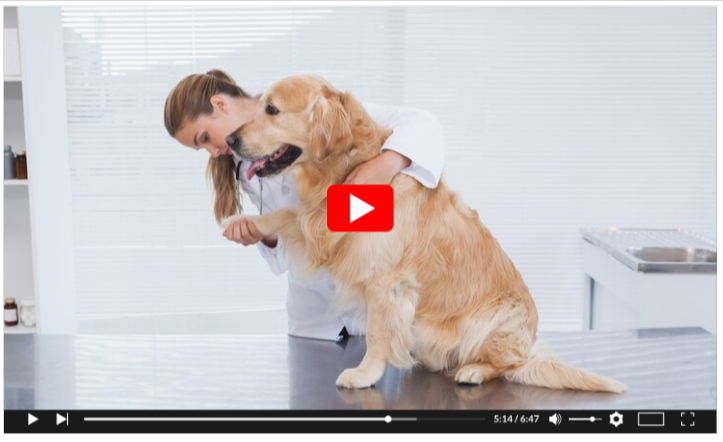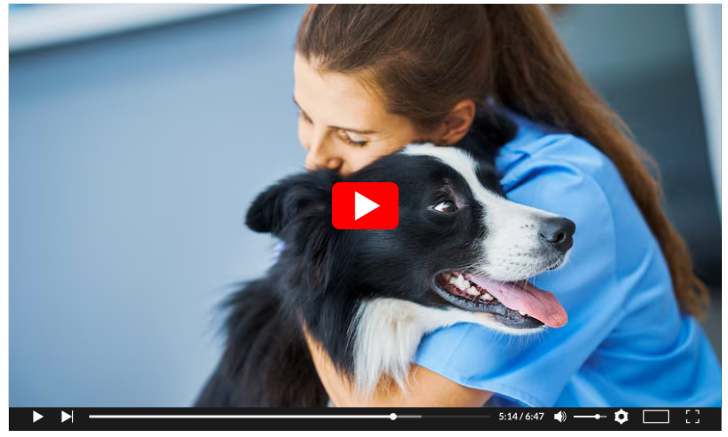Dog Skin Tags: Causes, Removal, and Care Tips for Pet Owners
If you’re a pet parent, chances are you’ve noticed unusual bumps or small growths on your dog’s skin. One common type of growth is known as a skin tag.
While these harmless little protrusions often cause more anxiety in owners than problems for dogs, understanding what they are, why they appear, and how to manage them is essential for responsible pet care.
Dog skin tags are small, benign growths on a dog’s skin. They’re usually harmless but should be monitored for changes in size, color, or shape.
In this guide, we’ll cover everything you need to know about dog skin tags — from causes and identification to treatment and prevention tips.
What Are Dog Skin Tags?
A dog skin tag is a small, soft, benign (non-cancerous) growth that typically appears on the skin’s surface.
These growths are composed of fibrous tissue and are usually flesh-colored, although they may sometimes appear slightly darker.
They can vary in size from a tiny pinhead-sized bump to larger, hanging growths. Skin tags can appear anywhere on a dog’s body, but they’re most commonly found on the neck, chest, legs, or areas where skin rubs together.
Are Skin Tags on Dogs Dangerous?
In most cases, dog skin tags are harmless and don’t require medical treatment. They generally don’t cause pain or discomfort unless they become irritated by collars, harnesses, grooming, or scratching.
However, any new growth should be monitored closely. If you notice rapid growth, bleeding, changes in color, or signs of infection, consult your veterinarian to rule out more serious conditions like tumors or cysts.
What Do Dog Skin Tags Look Like?
Dog skin tags can look like:
- Soft, fleshy bumps
- Dangling or stalk-like protrusions
- Flat or slightly raised skin-colored growths
- Wart-like or rounded nodules
They are typically soft to the touch and can move slightly when you touch them. Unlike warts, which are caused by viruses, skin tags are just overgrowths of normal skin tissue.
Common Causes of Dog Skin Tags
While the exact cause of skin tags in dogs isn’t always clear, several factors may contribute to their development:
Friction
Areas where the skin folds or rubs against itself, collars, or harnesses are prone to skin tag development.
Aging
Older dogs are more likely to develop skin tags, similar to aging humans.
Genetics
Certain breeds, such as Cocker Spaniels, Bulldogs, and Poodles, may be genetically predisposed.
Hormonal Imbalances
Issues like hypothyroidism or hormonal fluctuations might increase the likelihood.
Environmental Factors
Exposure to irritants, dirt, or poor grooming habits can irritate the skin and potentially lead to tags.
How to Identify a Skin Tag on Your Dog
To identify a dog skin tag:
- Inspect your dog’s skin regularly while grooming or petting.
- Look for small, soft, fleshy growths attached to the skin by a stalk.
- Feel for any irregular or unusual bumps under the fur.
- Check common areas: neck, armpits, chest, abdomen, and legs.
If you’re unsure whether a bump is a skin tag or something else, consult a vet.
Should You Remove a Dog Skin Tag?
Since most skin tags are harmless, removal isn’t usually necessary unless:
- It’s causing your dog discomfort.
- It’s being irritated by collars or grooming tools.
- It’s bleeding, infected, or growing rapidly.
- You’re unsure if it’s a skin tag or another type of growth.
Always have a vet confirm the diagnosis before opting for removal.
How Are Dog Skin Tags Removed?
If removal is needed, your vet might use one of these methods:
Surgical Excision
The skin tag is cut off under local or general anesthesia.
Cryosurgery (Freezing)
A special tool applies extreme cold to the skin tag, causing it to fall off.
Ligation
A thread or suture is tied tightly around the base of the tag to cut off blood supply, causing it to fall off naturally.
How to Care for Dog Skin Tags at Home
While most skin tags don’t need intervention, you can follow these care tips:
- Keep the area clean with mild, pet-safe cleansers.
- Check regularly for changes in size, color, or texture.
- Trim hair around the tag to avoid matting and irritation.
- Use padded collars to minimize friction.
- Avoid scratching or pulling at the skin tag.
If the skin tag bleeds or appears infected, see your vet promptly.
Can Dog Skin Tags Be Prevented?
While you can’t completely prevent skin tags, you can reduce the risk with good skincare habits:
- Regularly groom your dog to avoid matting and skin irritation.
- Use proper-fitting collars and harnesses.
- Keep your dog’s skin clean and dry, especially in skin fold areas.
- Schedule routine vet checkups for early detection of any skin issues.
When to See a Veterinarian
Contact your vet if:
- The skin tag grows rapidly.
- It changes in color, shape, or texture.
- It starts bleeding or oozing.
- Your dog shows signs of pain, licking, or scratching the area.
A simple physical exam is often enough for diagnosis, though sometimes a biopsy may be recommended to confirm it’s benign.
Skin Tags vs. Warts, Tumors, and Other Growths
It’s important to distinguish skin tags from other skin conditions:
| Condition | Description | Cause |
|---|---|---|
| Skin Tags | Soft, fleshy, benign growths | Skin overgrowth |
| Warts | Small, rough, viral-induced growths | Papillomavirus |
| Cysts | Fluid-filled sacs under the skin | Blocked glands |
| Lipomas | Soft, fatty tumors under the skin | Fat tissue overgrowth |
| Cancerous Tumors | Irregular, fast-growing, often ulcerated | Malignant cells |
Final Thoughts
Dog skin tags are a common, usually harmless condition many pet owners will encounter at some point. While they’re often benign and painless, it’s crucial to monitor them for changes and ensure they don’t cause discomfort to your pet.
Routine grooming, proper skin care, and regular veterinary checkups can help manage and reduce the chances of skin tags becoming problematic. When in doubt, always consult a veterinarian your dog’s health and happiness are worth it.
References
- Skin Tags on Dogs
https://www.petmd.com/dog/conditions/skin/skin-tags-dogs
- Skin Problems in Dogs
https://www.webmd.com/pets/dogs/ss/slideshow-skin-problems-in-dogs
- Dog skin disorders
https://en.wikipedia.org/wiki/Dog_skin_disorders
.



